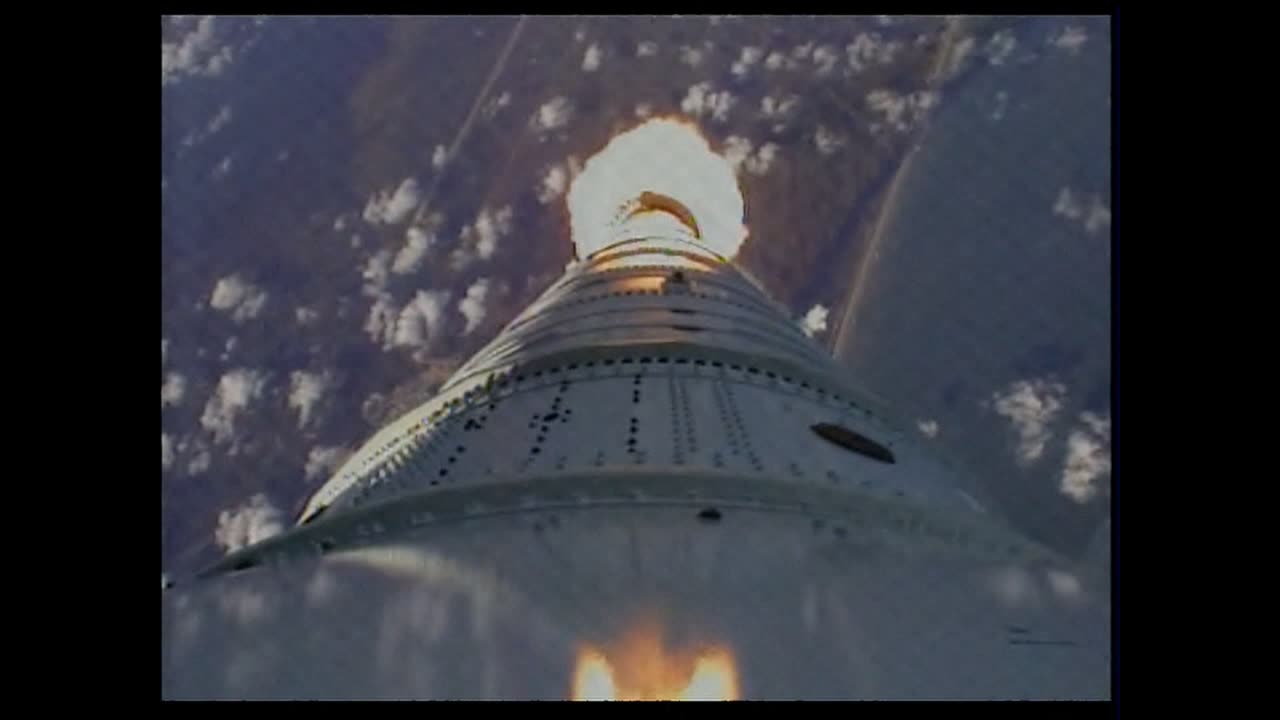Premium Only Content

NASA Ares I-X Flight Test Launches
The NASA Ares I-X Flight Test was a pivotal milestone in the Constellation program, aiming to develop the next generation of human spaceflight vehicles for NASA's Artemis program and beyond. The Ares I-X was an uncrewed test flight of the Ares I rocket, which was designed to be the crew launch vehicle for the Constellation program's Orion spacecraft. This ambitious endeavor sought to revive crewed lunar exploration and enable future missions to Mars.
The Ares I-X Flight Test took place on October 28, 2009, at Kennedy Space Center in Florida, USA. The purpose of this test was to gather critical data on the performance and behavior of the Ares I rocket, evaluating its aerodynamics, structural integrity, and overall flight characteristics. This data was crucial for validating the design and ensuring the safety of future crewed missions.
The Ares I-X was composed of a modified Space Shuttle Solid Rocket Booster (SRB) as the first stage, and a simulated upper stage resembling the Orion crew module. The test vehicle was equipped with a variety of sensors, cameras, and instrumentation to collect real-time data during the flight. Although the test did not carry a crew, it was designed to replicate the conditions that the Ares I rocket would experience during its ascent.
Upon launch, the Ares I-X soared into the sky, generating a powerful display of thrust and energy. The rocket climbed through the atmosphere, providing valuable insights into its performance at various altitudes and velocities. The test included a critical phase where the first stage was jettisoned, simulating the separation process that would be essential for crew safety during an actual mission.
Throughout the flight, NASA's ground control teams closely monitored the data being transmitted from the Ares I-X, ensuring that the test vehicle was adhering to its expected trajectory and performance parameters. The culmination of the test came with the safe splashdown of the Orion-like upper stage in the Atlantic Ocean, where recovery teams were on standby to retrieve and analyze the hardware.
The Ares I-X Flight Test marked a significant step forward in the development of NASA's human spaceflight capabilities. The data collected from this test helped refine the design of the Ares I rocket and contributed to the future development of the Space Launch System (SLS), which would become NASA's most powerful rocket for deep space missions. This endeavor highlighted NASA's dedication to pushing the boundaries of space exploration and its commitment to advancing technology for the benefit of humanity's exploration of the cosmos.
-
 43:39
43:39
WickedVirtue
2 hours agoLate Night Spooky Plays
12K -
 2:04:02
2:04:02
Glenn Greenwald
5 hours agoTrump and Rubio Apply Panama Regime Change Playbook to Venezuela; Michael Tracey is Kicked-Out of Epstein Press Conference; RFK Senate Hearing | SYSTEM UPDATE #508
91.9K102 -
 58:36
58:36
Total Horse Channel
7 hours ago2025 CSI3* A Coruña Porsche - Grand Prix
18.5K -
 2:10:32
2:10:32
megimu32
3 hours agoOTS: Mighty Morphin Power Rangers & the 90s Movie That Defined a Generation
18.4K4 -
 1:14:53
1:14:53
Badlands Media
18 hours agoThe SITREP Ep. 128
35.5K7 -
 2:44:56
2:44:56
BubbaSZN
4 hours ago🔴 LIVE - FORTNITE WITH NEW KEYBOARD
12.6K1 -
 2:17:29
2:17:29
Mally_Mouse
4 hours agoThrowback Thursday! Let's Play: Cuphead
18.8K1 -
 LIVE
LIVE
StevieTLIVE
4 hours agoWarzone HYPE Duos with GloryJean
35 watching -
 1:05:11
1:05:11
Donald Trump Jr.
6 hours agoBuilding the Future with American Bitcoin, Plus Eric's Triggered Debut! | TRIGGERED Ep.272
117K57 -
 6:27:18
6:27:18
RaikenNight
7 hours ago $0.02 earnedThe Baldur Boyz are on a Mission to Save the City
2.75K